 How to Avoid Miscarriage Using Safe, Natural Herbal Treatments
How to Avoid Miscarriage Using Safe, Natural Herbal Treatments
There are many, many herbal remedies for threatened miscarriage that can be safely used at home. Some of the herbs below should only be taken on a case-by-case basis in situations where miscarriage seems possible, while others, like vitex berry, can be taken more regularly at certain times during pregnancy to reduce the risk of threatened miscarriage in the first place. Unless otherwise stated, all of the herbs below should be used at the lowest dose possible to see effects. Start with a lower dose, and increase the dose only until the point where you start seeing positive results.
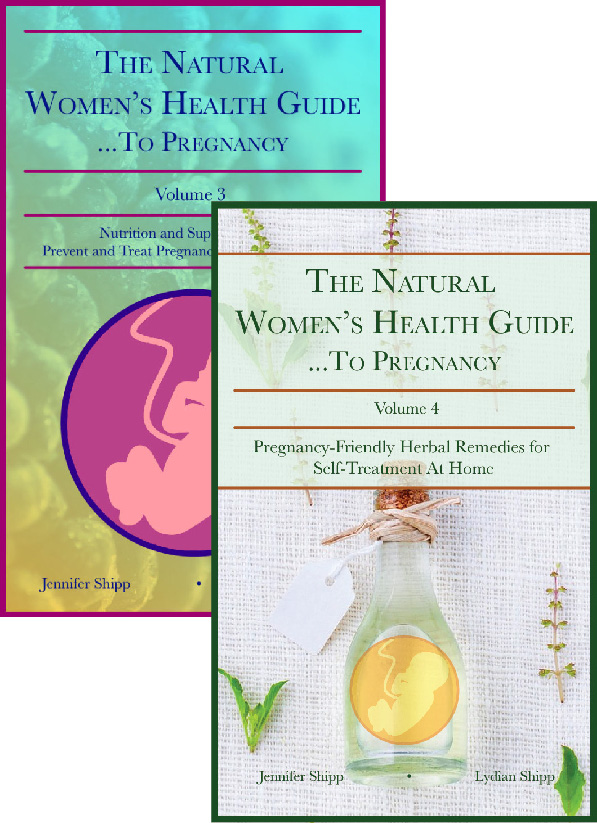
"The Natural Women's Health Guide... to Pregnancy - BUY HERE!"
Cramp Bark / Guelder Rose (Viburnum opulus) for Threatened Miscarriage and Preterm Labor
Cramp bark is a plant native to Europe, north Africa, and central Asia. It has long been used in the treatment of women’s health issues, including in the treatment of threatened miscarriage and other pregnancy problems. Viburnum opulus is an antispasmodic and specifically acts to reduce muscle contraction, including reduction of uterine contractions. This antispasmodic action is part of what makes cramp bark so effective for threatened miscarriage, and also potentially in stopping preterm labor.The constituents scopoletin and viopudial are responsible for the antispasmodic effects of cramp bark. Both are nontoxic and quickly absorbed into the bloodstream, meaning that cramp bark is often a fast-acting remedy for uterine cramps related to threatened miscarriage or preterm labor.
Cramp bark is also used for the following pregnancy-related issues:
- Leg cramps
- Uterine irritation / pain
- Muscle pain
- Back and hip pain
- Sciatica
- Anxiety
- Insomnia
- Headaches / migraines
- Urinary tract infection / UTI
- Gallbladder attack / Gallbladder spasms
- Gestational hypertension
- Pubis symphysis pain / Pelvic pain
- Preeclampsia
- Restless legs syndrome
- Braxton-Hicks contractions
Cramp bark can be taken at a dose of 2-12 grams daily as a decoction, or at a dose of 1.5-20 mL daily of tincture, and should be combined with wild yam root to treat threatened miscarriage in particular. For uses other than threatened miscarriage treatment, use cramp bark on an as-needed basis to treat pain or any of the problems listed above throughout any trimester of pregnancy.
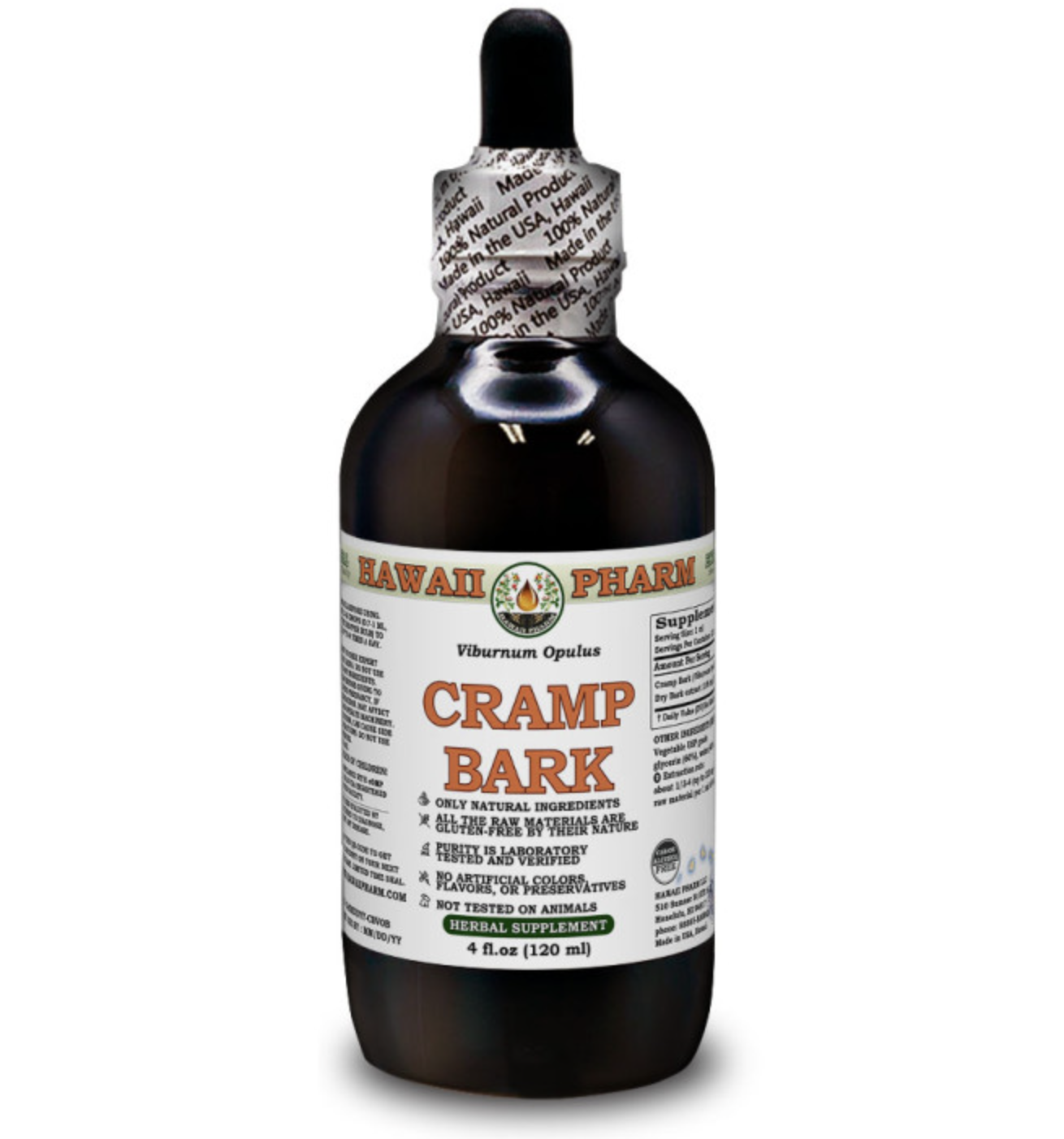
Wild Yam Root (Dioscorea villosa)
Wild yam root is a traditional herbal medicine in North America, where it has a long history of medicinal use among the native people of the US and Mexico. It should be combined with cramp bark in cases of threatened miscarriage, and then taken according to the dosing guidelines below:- Take 2-4 ounces of fresh root infusion OR 10 drops of a tincture every half-hour until the threat passes. Most women see positive results after the second dose.
- Combine 1 tsp of wild yam root powder with ¼ teaspoon of ginger root powder and take as an infusion.
Like Zishen Yutai, a Traditional Chinese Medicine used for threatened miscarriage, wild yam root also has a positive effect on kidney and spleen health. It is considered to be a kidney and spleen tonifier, and often prescribed as a remedy for spleen deficiency. In Indian Ayurvedic medicine, wild yam root has traditionally been used during pregnancy to ease uterine irritation, as well as to lower blood pressure levels and cholesterol levels in the blood. It has antispasmodic actions in the body, so it can help ease uterine cramping in cases of threatened miscarriage or preterm labor.
Wild yam root has also been used to treat the following other pregnancy-related complaints:
- Labor pains (Native American women used to drink a tea made from wild yam root during childbirth to ease pain)
- Urinary tract infections / UTI
- Morning sickness
- Sips of the infusion can be taken throughout the day, or a few teaspoonfuls of the decoction may be taken as-needed a few times a day. A dropperful of wild yam root tincture may also be taken in a glass of water or with peppermint tea once or twice daily.
- Gallbladder and liver problems
Shatavari (Asparagus racemosus)
Shatavari is a traditional Ayurvedic herbal remedy that’s used for all manners of women’s health problems, including in cases of threatened miscarriage. This herb is also a powerful fertility tonic for women who are trying to conceive. It has phytoestrogenic properties, which is part of the reason why it works as an anti-abortifacient medicine.Shatavari contains a few specific compounds that possess qualities that contribute to the plant’s anti-abortifacient effects. The saponin known as Shatavarin-1 acts by blocking contractions caused by oxytocin, while Shatavari-4 possesses estrogenic effects in the uterus. Asparagamine-A, a polycyclic alkaloid, also has an anti oxytocic effect, which would help by reducing oxytocin-caused contractions like those seen in threatened miscarriage and preterm labor. Shatavari root extracts not only block contractions caused by oxytocin, but also those stimulated by acetylcholine, 5-hydroxytryptamine, and pitocin.
One study on a 28-year-old woman who was 33 weeks pregnant demonstrated that Shatavari, when administered as a milk-based enema in combination with Bala (Sida cordifolia) and Arjuna (Terminalia arjuna), was able to successfully provide pain relief and eliminate preterm labor contractions. The three herbs were combined in equal quantities of 10 grams each, and then boiled with 450ml of water and 450ml of milk on medium heat until only the milk remained. The herbs were then filtered and the remaining liquid was used via enema. The woman also took 90ml of the same combination of herbs each day twice per day on an empty stomach for 1 week following the milk-based enema.
In addition to helping to prevent threatened miscarriage, Shatavari has also been used to treat the following pregnancy-related health problems:
- Low breastmilk production
- Take 2 teaspoons of Shatavari powder in a glass of warm milk (if you don’t have access to high-quality, grass-fed cow’s milk, use plant milk instead).
- Postpartum depression (and other postpartum symptoms)
- Urinary tract infection / UTI
- Preeclampsia
- Postpartum hemorrhage
- Difficulty urinating after birth
- Hormone imbalance
Some sources recommend only using Shatavari early in pregnancy or an as-needed basis to prevent threatened miscarriage. Other sources recommend taking it daily in small doses starting from the 5th month of pregnancy on through the postpartum period.
Vitex Berry / Chaste Berry (Vitex agnus-castus)
Vitex berry is a commonly recommended herb for women to take during the first trimester of pregnancy and for the first few weeks of the second trimester, up through week 15 of gestation. After week 15, most women are advised to stop taking vitex berry. This herb is especially beneficial for increasing and maintaining progesterone levels during the first few months of pregnancy. Vitex berry works by lowering follicle stimulating hormone levels, thereby decreasing excessively high estrogen levels, and by increasing luteinizing hormone levels, which in turn increases progesterone levels.Vitex berry is a very safe herb to use for miscarriage prevention, with no fetal toxicity having been observed in animal studies. Some herbal practitioners advise women to take vitex berry for at least 3 months before trying to conceive in addition to continuing to take the herb through week 15 of pregnancy in order to stabilize hormone levels before and during pregnancy. This technique is often employed in women who have a past of recurrent miscarriage, since miscarriage frequently occurs as a result of low or dropping progesterone levels.
Take vitex berry at a dose of 400mg/day of dried herb in capsulized form, or an equivalent amount as a tincture. Stop taking the herb around 15 weeks of pregnancy.
Read more about vitex berry as an herb for women’s health in this article.
Black Haw (Viburnum prunifolium)
Black haw (Viburnum prunifolium) is closely related to cramp bark (Viburnum opulus), and indeed, these two plants have some similarities in terms of their actions in the body, specifically during pregnancy. Black haw is native to North America, where it has been used traditionally to care for women during pregnancy by indigenous people for many years, while cramp bark is native to Europe, and has a similarly long history of use during pregnancy there, as well.Black haw contains salicylates, as well as scopoletin, a coumarin. The salicylates in black haw are thought to be the main actors in the herb’s pain-killing properties, while scopoletin is thought to specifically act as a sedative for the uterine muscles. Black haw helps reduce uterine irritation and cramping, and can help prevent threatened miscarriage and premature labor by reducing uterine spasms and contractions. The herb is also thought to help increase blood flow and circulation to the uterus through its sedative effects, thus allowing it to also act as a kind of uterine tonic and support for detoxification of the uterine tissues, when necessary.
Black haw can also be used in the treatment of the following pregnancy complaints:
- Leg and muscle cramps
- Afterbirth pains
- Prevents postpartum hemorrhage
- Morning sickness
- Helps the uterus return to its pre-pregnancy size/shape and location
- Depression/anxiety
- Uterine prolapse
- Incontinence due to weak pelvic floor muscles
Black haw should not be used in women with a particular sensitivity or allergy to salicylates, since the herb does contain some of these natural plant chemicals.
The bark of the Viburnum prunifolium plant is the part used medicinally. Women can choose to drink 1-2 cups of black haw tea, or a ½ cup of black infusion every day from the time that they become aware that they’re pregnant in order to prevent miscarriage and preterm labor. Alternatively, black haw can be used with certain other herbs, such as wild yam root, partridgeberry, and vitex berry, to treat suspected miscarriage.
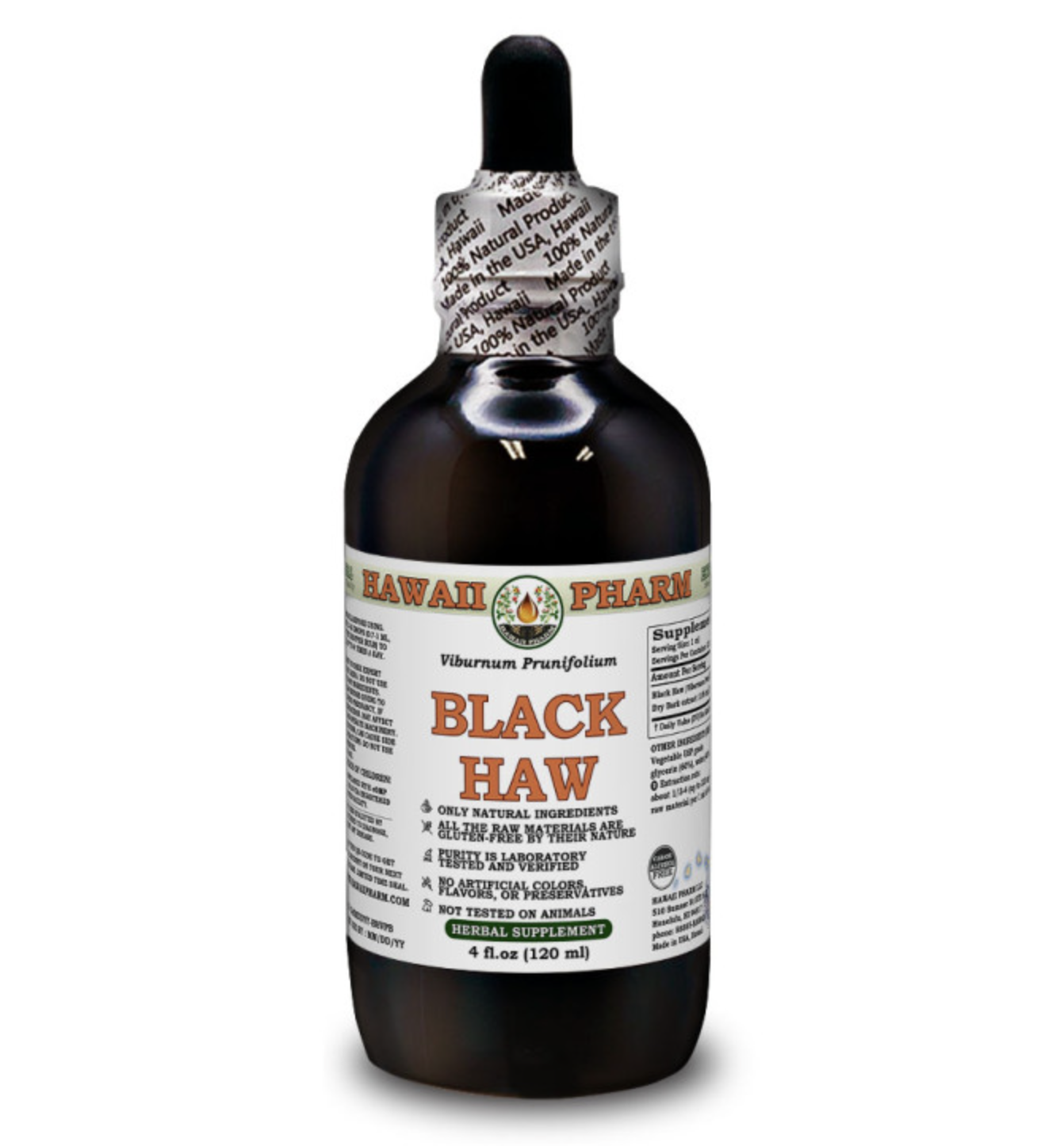
Partridgeberry / Squaw Vine (Mitchella repens)
Partridgeberry (Mitchella repens), otherwise known as squaw vine (a name not commonly used anymore due to its derogatory implications), is an important herb to know about if you’re pregnant, since it’s one that’s used frequently to prevent miscarriage, as well as to treat other problems during pregnancy. Traditional herbalists recommend that women take partridgeberry daily in the last months of pregnancy to help prepare the body for childbirth, but the herb may also be taken at other times during pregnancy to treat the following issues:- Anxiety / Depression / Fear
- Leg cramps
- Back aches
- Muscle tension
- Urinary tract infection or other urinary tract issues
- Gastrointestinal problems (such as diarrhea or IBS symptoms)
- Insomnia
- Bleeding during pregnancy
- Nipple pain/tenderness (when applied topically to the nipples)
Herbal Formulas with Partridgeberry
For the treatment of miscarriage, partridgeberry is most often used in combination with other herbs. While it can be used by itself, a lot of individual women and herbalists find that the herb works best when used with other supportive herbs in order to target and prevent miscarriage from multiple angles. Below are a few herbal formulas that include partridgeberry that can be used to prevent miscarriage:-
- Herbal Formula #1 - Prevent first trimester miscarriage
- Combine equal parts of Mitchella repens, Dioscorea villosa, and Viburnum prunifolium tinctures. Take 20ml between 3-6 times per day.
- Implement bed rest and epsom salts baths in addition to this remedy.
- Herbal Formula #1 - Prevent first trimester miscarriage
-
- Herbal Formula #2 - Prevent second trimester miscarriage / stillbirth
- Combine equal parts of Mitchella repens and Rubus idaeus tinctures. Take 2-3 dropperfuls 3 times per day until contractions stop.
- This formula has been used at 6 months of pregnancy to prevent preterm labor due to increased stress levels.
- Herbal Formula #2 - Prevent second trimester miscarriage / stillbirth
-
- Herbal Formula #3 - Miscarriage prevention for women with a history of habitual abortion / recurrent miscarriage
- Combine the following tinctures together in their respective quantities, and then take 5ml of the combined tincture twice daily until at least 2 weeks after the latest date of the last miscarriage (so if the last miscarriage occurred at 8 weeks, you should take this formula until 10 weeks of pregnancy):
- Vitex agnus-castus - 50ml
- Viburnus opulus - 30ml
- Mitchella repens - 20ml
- Combine the following tinctures together in their respective quantities, and then take 5ml of the combined tincture twice daily until at least 2 weeks after the latest date of the last miscarriage (so if the last miscarriage occurred at 8 weeks, you should take this formula until 10 weeks of pregnancy):
- Herbal Formula #3 - Miscarriage prevention for women with a history of habitual abortion / recurrent miscarriage
-
- Herbal Formula #4 - Prepare the body for labor and childbirth
- Combine the following teas together and drink the resulting tea daily during the last 4-6 weeks of pregnancy:
- Mitchella repens - 1 part
- Rubus idaeus - 1 part
- Melissa officinalis - ½ part
- Rosa canina (rose hips) - ¼ part
- Combine the following teas together and drink the resulting tea daily during the last 4-6 weeks of pregnancy:
- Herbal Formula #4 - Prepare the body for labor and childbirth
Women with a history of recurrent miscarriage can take 2-3 dropperfuls of Mitchella repens tincture up to 3 times per day, or may take a daily decoction of partridgeberry, during early pregnancy to prevent miscarriage. During the last 4-6 weeks of pregnancy, a partridgeberry tea may be prepared and drank daily consisting of 1 tablespoon of dried or fresh herb per 1 cup of boiling water (the tea should be steeped for 15 minutes). Alternatively, 20-30 drops of partridgeberry tincture can be taken each day in preparation of labor and childbirth.
Motherwort (Leonurus cardiaca)
Motherwort is an herb that every woman should have in her medicine cabinet, from menarche onwards. This plant can do some truly amazing things for women’s physical, mental, and emotional health. During pregnancy, Leonurus cardiaca can be used to help prevent miscarriage.Equal parts of Leonurus cardiaca and Viburnum prunifolium tincture can be combined, and then administered at a dose of 10-20 drops every 1-2 hours if a woman is experiencing preterm contractions at any point during her pregnancy. The combined tincture should continue to be administered until the contractions cease. If a woman regularly experiences contractions during her pregnancy and is concerned that these may progress to miscarriage or preterm labor, the same tincture can be taken at the same dose up to 3 times per day. In this herbal combination, motherwort helps to relax the nervous system, while the black haw reduces uterine irritability. If black haw isn’t available, wild yam root (Dioscorea villosa) can be used instead to achieve the same antispasmodic effects in the uterus.
By itself, motherwort flowers can be taken at a dose of 2-8 grams per day as an infusion or as a tincture at a dose of 2-18ml daily. Take motherwort until the threat of miscarriage has passed.
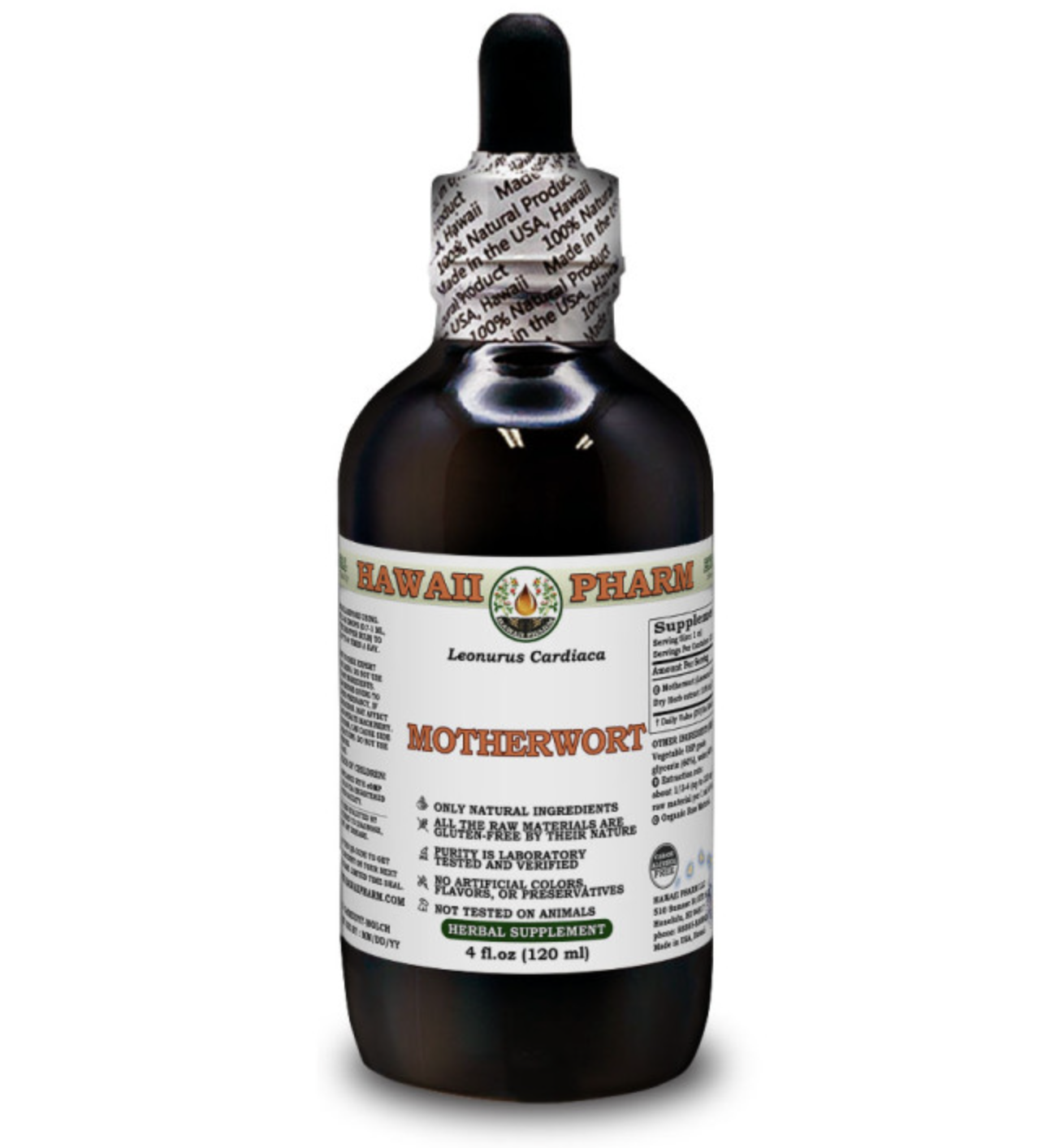
Red Raspberry Leaf (Rubus spp.)
Some herbalists recommend using red raspberry leaf tincture in combination with a set of other herbal tinctures to help prevent miscarriage. This herbal formula is below:- Viburnum opulus (Cramp Bark) - 50ml
- Dioscorea villosa (Wild Yam Root) - 50ml
- Vitex agnus-castus (Vitex Berry) - 30ml
- Rubus spp. (Raspberry Leaf) - 30ml
- Glycyrrhiza glabra (Licorice Root) - 30ml
- Foeniculum vulgare (Fennel Seed) - 20ml
This tincture can be administered at a dose of 4ml (about 1 teaspoon), twice daily as a miscarriage preventative in women who have a history of recurrent miscarriage. Otherwise, in women without a history of miscarriage, the same tincture could be used at a dose of 4ml up to 4 times per day until the risk of miscarriage has passed. Ideally, in most women, this tincture should be administered only on an as-needed basis.
In the herbal formula above, the cramp bark and wild yam root work together as antispasmodics, while the wild yam root and vitex berry both serve the purpose of elevating and balancing progesterone levels. Raspberry leaf is a nutritive tonic for the uterus and reproductive organs. The licorice root and fennel are intended to help these three herbs to bind together and function more effectively; chamomile and peppermint could also be used instead of these two.
Other miscarriage prevention remedies involving raspberry leaf combine this herb with others like black haw, cramp bark, or wild yam root as a kind of substitute for partridgeberry in cases where Mitchella repens isn’t available.
During pregnancy, red raspberry leaf has also been known to be helpful in the following situations:
- Morning sickness
- Postpartum hemorrhage (preventative)
- Low breastmilk production
- Labor and childbirth (preparation)
- Muscle spasms
- Urinary tract infections
- Preterm labor (preventative)
- Placental abruption (preventative)
- Preeclampsia
- Hemorrhoids
- Weakness and fatigue
- Pelvic organ prolapse
During the first trimester, raspberry leaf can be used to prevent and treat morning sickness, as well as to prevent miscarriage or other first trimester health problems (during the first trimester, raspberry leaf can be administered at a dose of 1.5 grams of dried leaf infusion or as 5ml of tincture). During the second and third trimesters, raspberry leaf tea can be taken daily to prepare for labor. To make raspberry leaf tea, use ¾ - 1 cup of dried raspberry leaf per gallon of boiling water. Ideally, try to prepare the tea in larger batches, and then store it in a pitcher in the fridge so that you can easily serve yourself 2-3 cups per day, especially during the last trimester. If you’re using a tincture, you may take 3-15ml per day during this time.
 Raspberry Leaf - Certified Organic - Herbal Tea - 1 lb (16oz) - EarthWise Aromatics
Raspberry Leaf - Certified Organic - Herbal Tea - 1 lb (16oz) - EarthWise Aromatics
Brahmi / Water Hyssop (Bacopa monnieri)
Brahmi is an herb that’s relatively unknown in the western world, but that’s used commonly in Ayurvedic medicine to treat a wide range of health problems. This herb is lacking in scientific studies that demonstrate its effects during pregnancy and in regard to its ability to prevent miscarriage, but Ayurvedic medicine sources indicate that Brahmi may help promote the healthy growth and development of the fetus (and mother). The herb is thought to help prevent miscarriage and spontaneous abortion, and is often given combined with cold milk or ghee.In the treatment of women’s health problems, Brahmi has also been used to treat dysmenorrhea, amenorrhea, menstrual pain, PMS and PMDD, and more.
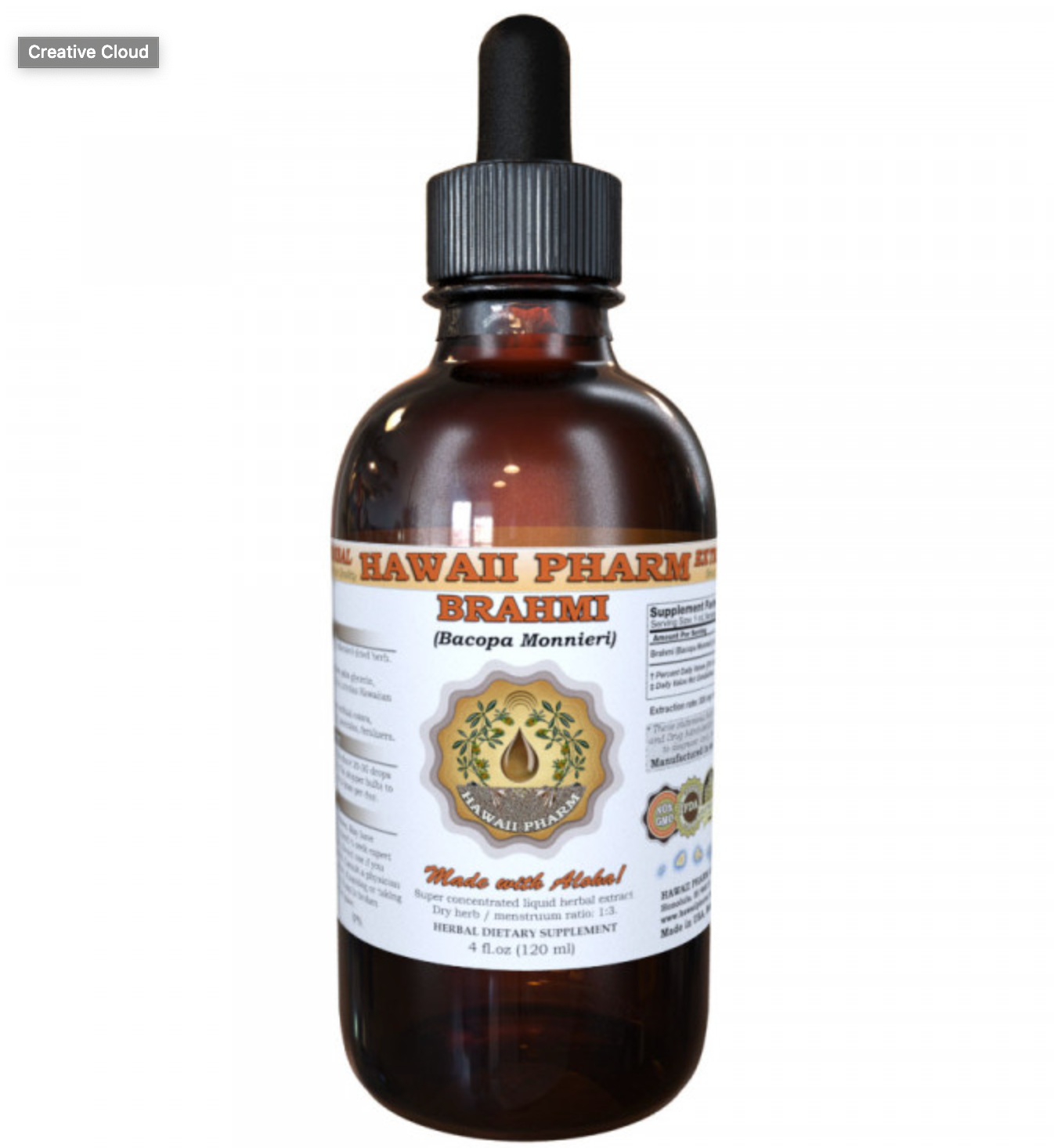
Our Amazon links to powerful cures like Hawaii Pharm herbal tinctures often disappear mysteriously after we publish. Support our outside vendors by purchasing Brahmi (Bacopa monnieri) tincture here.
Feverfew (Tanacetum parthenium)
Feverfew has a history of use as an herb for women’s health problems, including in the treatment of threatened miscarriage. Besides its use in miscarriage prevention, feverfew can also be used to treat the following women’s health complaints:- Menstrual cramps
- Delayed expulsion of the placenta
- Stalled / Delayed labor
- Amenorrhea
- Menstrual irregularities
- Infertility
- Morning sickness (the Kallaway tribe in the Andes mountains use feverfew for morning sickness)
Feverfew is a uterine stimulant and emmenagogue, which makes it a good choice for use in many of the situations above. However, these actions aren’t necessarily favorable in terms of miscarriage prevention in all cases. On the other hand, feverfew also has known antispasmodic and anti-inflammatory properties that may ultimately contribute to the herb’s ability to prevent threatened miscarriage. Research and personal histories are limited in regard to how and if feverfew does indeed work to prevent miscarriage, but we’ve included this entry here nevertheless since many native populations do consider feverfew to be an important herb for maintaining pregnancy.
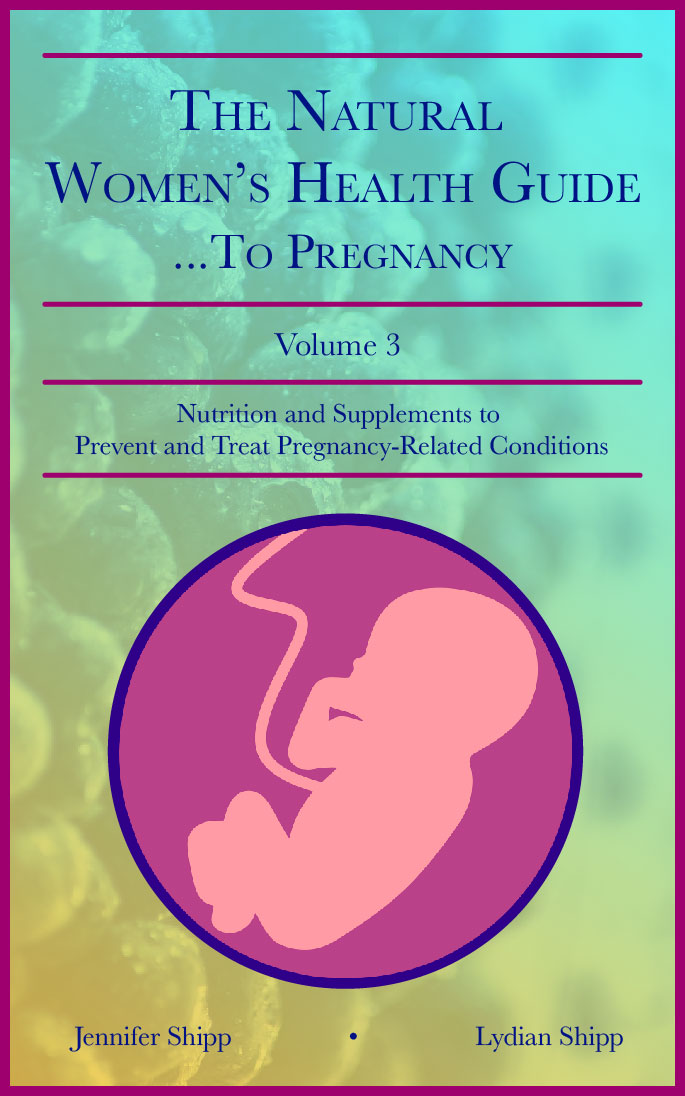
 Click here to subscribe to the Living Database!
Click here to subscribe to the Living Database!
Related Posts:
Resources:

 The Conditions of Pregnancy Living Database, BETA Release - NOW AVAILABLE! Click here to learn more...
The Conditions of Pregnancy Living Database, BETA Release - NOW AVAILABLE! Click here to learn more... Our Amazon links to powerful cures like Hawaii Pharm herbal tinctures often disappear mysteriously after we publish.
Support our outside vendors by purchasing Wild Yam Root (Dioscorea villosa) tincture here.
Our Amazon links to powerful cures like Hawaii Pharm herbal tinctures often disappear mysteriously after we publish.
Support our outside vendors by purchasing Wild Yam Root (Dioscorea villosa) tincture here. 

 Our Amazon links to powerful cures like Hawaii Pharm herbal tinctures often disappear mysteriously after we publish.
Support our outside vendors by purchasing Partridgeberry (Mitchella repens) tincture here.
Our Amazon links to powerful cures like Hawaii Pharm herbal tinctures often disappear mysteriously after we publish.
Support our outside vendors by purchasing Partridgeberry (Mitchella repens) tincture here.  Our Amazon links to powerful cures like Hawaii Pharm herbal tinctures often disappear mysteriously after we publish.
Support our outside vendors by purchasing Feverfew (Tanacetum parthenium) tincture here.
Our Amazon links to powerful cures like Hawaii Pharm herbal tinctures often disappear mysteriously after we publish.
Support our outside vendors by purchasing Feverfew (Tanacetum parthenium) tincture here. 
















